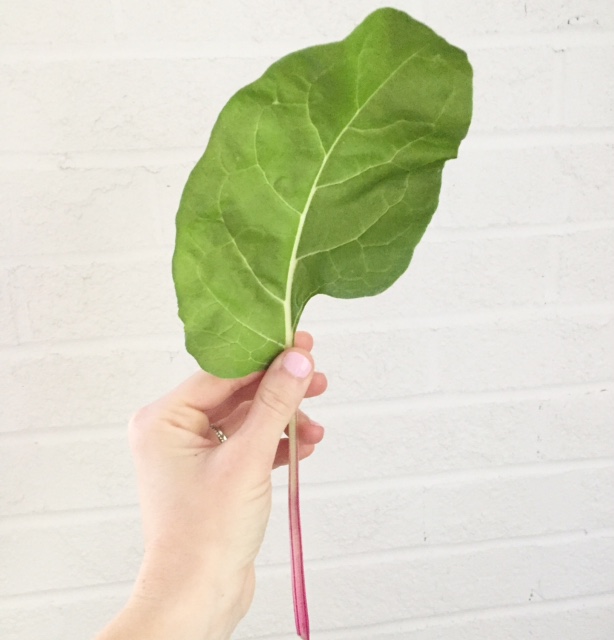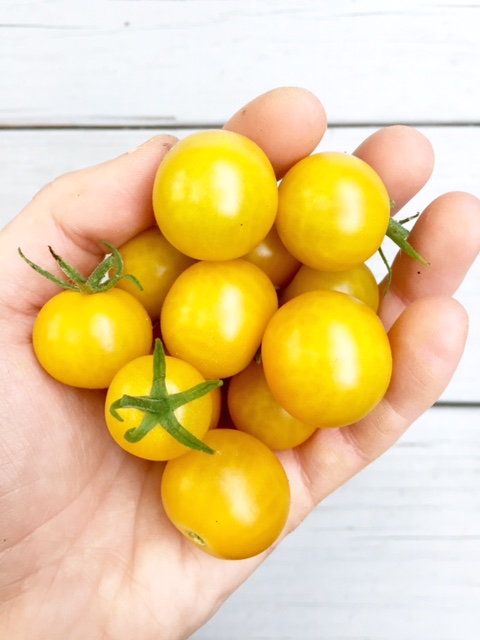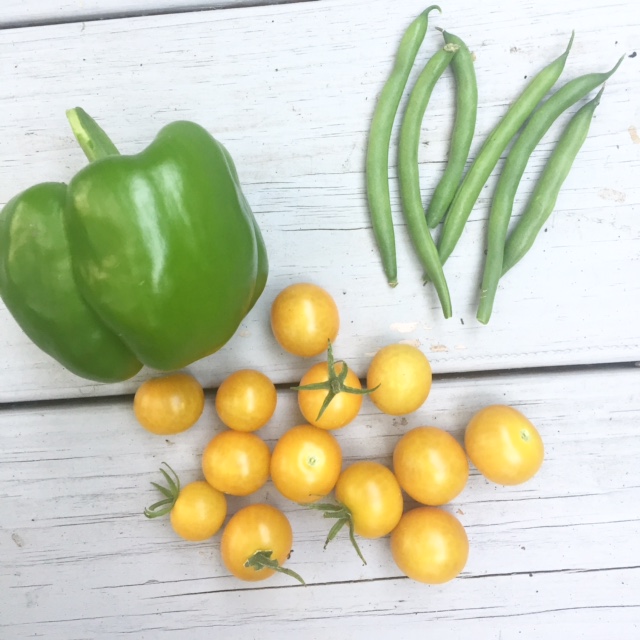Take another look at that photo used recently in my blog entry about Olympic lifting and my love/hate relationship with those movements! You may just spot one of my favorite coaches, Amber, in the background. She is one of my favorite label-making supporters!
Let me explain please. When in a CrossFit box (gym), you become an athlete! Yes, I am an athlete. Why? Well, because my coaching supporters say so. That’s why! Each person in the box is referred to as an athlete, and that term carries power and motivation with it.
I have been inspired recently in a sermon series at my downtown Raleigh church about the power of labels that we carry and those we place upon others. It hit me when I viewed this photo for an unrelated blog entry (I thought) that I have become an athlete after a half-century of living. Having supporters who put a positive label on oneself empowers one to do things one never thought possible (see handstand push-up blog months earlier).
Strong women/female coaches and friends like Amber have redefined femininity in their time and encouraged others along the way to see the term as strong synonymous with that of healthy! You may be surprised how this feminine strength is catching on in our world. NPR did a fantastic article about how weight lifting can help women stay strong.
We even have a terrific webinar from our Nutrition Decisions series on this very topic: Strong is the New Healthy.
So I challenge you to place a label on yourself— that label of healthy! What does that mean to you? We at Eat Smart, Move More, Weigh Less and Eat Smart, Move More, Prevent Diabetes already label you as participant (or future participant) and that very label brings with it hope, determination, and healthy potential! Thanks for joining us on this ride into better health.





 is too much sugar (or glucose) in the blood. While a normal blood sugar level is important for proper functioning of body; too much sugar can damage parts of the body such as the eyes, kidneys, heart and nerves. Our body breaks down all the different types of food we eat into a simple form of sugar, which provides energy to the body. Insulin, a hormone produced by our body, helps move the sugar from our blood into cells to maintain normal blood sugar levels. However, with type 2 diabetes, the body doesn’t use the insulin properly, and it leads to a rise in blood sugar levels. Diabetes is a serious disease that can cause heart attack, stroke, blindness, kidney failure, or loss of feet or legs.
is too much sugar (or glucose) in the blood. While a normal blood sugar level is important for proper functioning of body; too much sugar can damage parts of the body such as the eyes, kidneys, heart and nerves. Our body breaks down all the different types of food we eat into a simple form of sugar, which provides energy to the body. Insulin, a hormone produced by our body, helps move the sugar from our blood into cells to maintain normal blood sugar levels. However, with type 2 diabetes, the body doesn’t use the insulin properly, and it leads to a rise in blood sugar levels. Diabetes is a serious disease that can cause heart attack, stroke, blindness, kidney failure, or loss of feet or legs. can help reverse this condition. A structured lifestyle change program that helps someone adopt strategies to eat healthy, be physically active and manage stress is called a diabetes prevention program.
can help reverse this condition. A structured lifestyle change program that helps someone adopt strategies to eat healthy, be physically active and manage stress is called a diabetes prevention program.
 best of them. No, I don’t claim to be one of the best of them— take a look at the
best of them. No, I don’t claim to be one of the best of them— take a look at the


 It simply is not. However, one need not allow the calorie monster to win each time one takes some R & R. Since calories don’t recognize vacation, I have four simple steps to counterbalance the not-so-inevitable weight gain:
It simply is not. However, one need not allow the calorie monster to win each time one takes some R & R. Since calories don’t recognize vacation, I have four simple steps to counterbalance the not-so-inevitable weight gain: of my life and situations by decreasing negative thoughts, worry, and strain of the mind and body through various activities and habits.
of my life and situations by decreasing negative thoughts, worry, and strain of the mind and body through various activities and habits.